★ Choosing The Right Land

The single most important decision in the initial homestead process will be the purchase of an appropriate acreage of land. Not all land is created equal, so do your homework.
Whether you grew up watching old Westerns or their re-runs, and no matter what country you live in, we all hold a certain image of the old West and the Great Plains as seen on TV shows like Gunsmoke, Bonanza, Maverick, Rawhide, Daniel Boone, Davy Crockett, or of course Little House on the Prairie.
Western movies depicting pioneers in covered waggons, hardworking, honest sob-busters ploughing fields with working horses or other beasts, more than likely influenced our perception of Homestead life.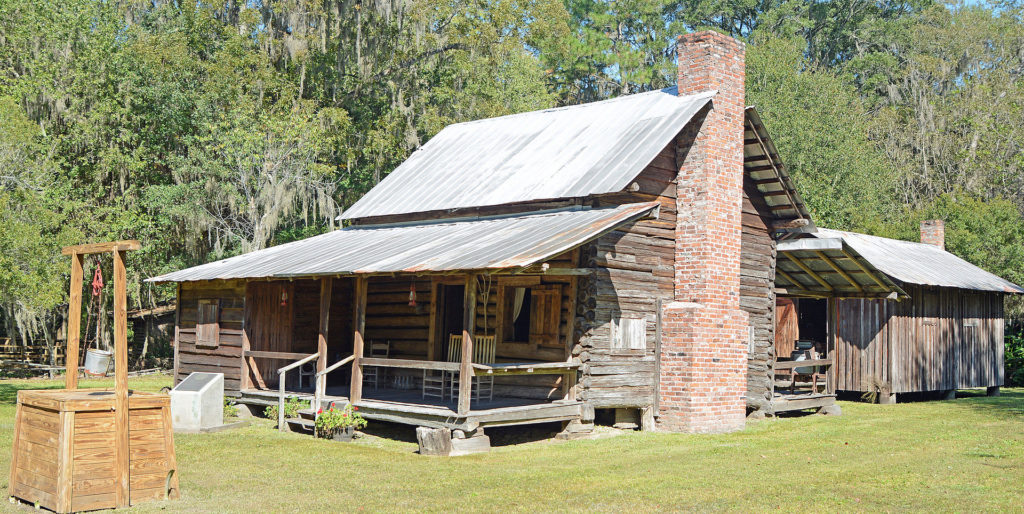
Time to wake up folks, we’re not in the late 17-1800’s anymore. Let’s talk about modern-day realities and the considerations you may need to have in order to achieve your dreams. Let’s go through these step-by-step.
Choosing The Perfect Land For A Homestead
The single most important decision in the initial homestead process will be the purchase of an appropriate acreage. Not all land is created equal, so do your homework. The land you choose will be the foundation from which you have the tools for success.
If you are shopping for that perfect acreage, DO NOT make a spontaneous quick on-the-spot sign on the dotted line decision. It is critically important to have as many answers to relevant questions as is possible to minimise the risk before you close the deal.
Although this question is relative to you and your family’s demands, ask yourself this, will the proposed acreage meet your short, medium and long-term requirements, to allow you to do what you need and want to do? If not, what would be required to adapt the land, or yourself for that matter, to meet any preconditions?
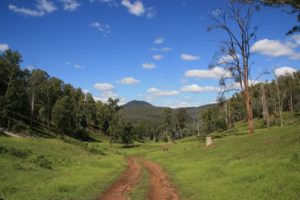 Below I will share a few considerations to include these ones. Hard rocky soils will not yield easily for market gardens and will take some work to create productive beds. Slight hills are suitable for orchards, vineyards and livestock where the steeper hills are great for goats and sheep ( within reason ). A mix of open field and woods will give you options, such as a food production, firewood supply, or building materials. It all depends on what you want to accomplish with the property. A water source will really be a plus, even if it’s just a small seasonal pond. Try to walk over the entire acreage to see what kind of landscape you’ll be getting. Creeks, streams, or a river would be even better.
Below I will share a few considerations to include these ones. Hard rocky soils will not yield easily for market gardens and will take some work to create productive beds. Slight hills are suitable for orchards, vineyards and livestock where the steeper hills are great for goats and sheep ( within reason ). A mix of open field and woods will give you options, such as a food production, firewood supply, or building materials. It all depends on what you want to accomplish with the property. A water source will really be a plus, even if it’s just a small seasonal pond. Try to walk over the entire acreage to see what kind of landscape you’ll be getting. Creeks, streams, or a river would be even better.
A water source will really be a huge plus, even if it’s just a small seasonal pond or dam. Try to walk over the entire acreage to see what kind of landscape you’ll be getting. Beside a lake, creeks, streams, or a river would be even better.
There is no one concept that fits all. Make a list of your wants and needs and prioritise them, then systematically undertake the vitally essential, in-depth, due diligence – the research needed to uncover the variables, such as development limitations, soil condition, infrastructure condition, rainfall, etc.
Completing a due diligence on your potential property should uncover many of the potential risks and provide you with the necessary information to pursue further research as to any additional costs that may be required to set up the land as desired.
Are There Any Land Restrictions
 Make an appointment to see your local government planner. Make no mistake, your land will be sold to you as quickly as possible and in most cases, absent of full disclosure as to any restrictions or issues the land may hold. Your potential land may appear to be free of usage and development restrictions, but if you fail to conduct a due diligence, it will only be when you start working your land, apply for a permit, or pursue a development project that obstacles, delays, or lack of support or resistance from less than cooperative neighbours, community members, or environmental organisations may pop-up.
Make an appointment to see your local government planner. Make no mistake, your land will be sold to you as quickly as possible and in most cases, absent of full disclosure as to any restrictions or issues the land may hold. Your potential land may appear to be free of usage and development restrictions, but if you fail to conduct a due diligence, it will only be when you start working your land, apply for a permit, or pursue a development project that obstacles, delays, or lack of support or resistance from less than cooperative neighbours, community members, or environmental organisations may pop-up.
Ask your planner to take a look at the associated legal documentation for the potential acreage. Ask him or her if he or she thinks there are any concerns about the property.
- Are there any apparent issues that would prevent you from using the land the way you intend?
Most issues will relate to zoning. If you are buying land only, or have plans to build other building on the land, find out what is required for development, building consents and permits ( using your short, medium, and long-term goals as a reference ). Also, find out how long it usually takes for the required surveys, consents, permits or inspections.
 In addition, review your building ideas with a person with the appropriate qualifications and knowledgeable in construction who may be able to point out potential concerns. If there are any perceived issues, get an understanding of what it might take to resolve any issue and the associated cost to you.
In addition, review your building ideas with a person with the appropriate qualifications and knowledgeable in construction who may be able to point out potential concerns. If there are any perceived issues, get an understanding of what it might take to resolve any issue and the associated cost to you.- Are there any obvious or newly discovered red flags that should be investigated? If so, find out who you need to contact to get these issues resolved, how long it may take to resolve, and at what cost.
- Are there any statutes or legal requirements such as designated wetlands, heritage buildings or areas, protection orders, legal requirements to allow access or a right to cross or otherwise use said land by another person, group, or organisation for a specified purpose? If there is, you will have some specific building setback requirements for anything you want to do.
- Are there any leans on the property and are all property linked taxes paid up to date?
Legal Issues I May Face
Legal issues are a very important and often overlooked area of due diligence. You may require a professional consultant to help you navigate through this prior to the actual purchase.
The following items are suggested considerations:
- Water Rights: This issue isn’t about personal consumption, as this is not usually an issue, but rather, whether or not you have the legal right to drill a well or use water flowing through or beside your property for activities above and beyond personal use, such as irrigating your market garden, support crops, and livestock?
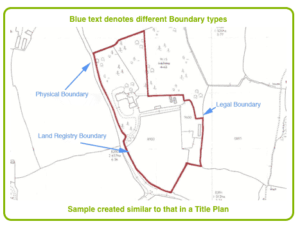 Property Boundaries: Check with your local council to see if there has been a recorded survey? If so, get a copy and then verify the boundary markers.Walk the entire property line, if possible, and see if there are any fences that might infringe on property boundaries. If this is in question you have several options. If you are armed with an up-to-date survey, then politely talk to adjacent neighbors asking them if the fence lines match their understanding of the true property lines. Also, if required, talk to them about shared costs for new or replacement shared boundary fences. If you are not armed with an up-to-date survey and you suspect potential issues with critical boundaries, then have a property survey completed and armed with this new information you can share the information with your neighbour while pegging the relevant property corners. You will have to evaluate your level of comfort and security vs. the cost of the survey as surveying is very expensive. You can also look at a Google Earth aerial map. This may give you relevant information ( although this is not a legal approach ).
Property Boundaries: Check with your local council to see if there has been a recorded survey? If so, get a copy and then verify the boundary markers.Walk the entire property line, if possible, and see if there are any fences that might infringe on property boundaries. If this is in question you have several options. If you are armed with an up-to-date survey, then politely talk to adjacent neighbors asking them if the fence lines match their understanding of the true property lines. Also, if required, talk to them about shared costs for new or replacement shared boundary fences. If you are not armed with an up-to-date survey and you suspect potential issues with critical boundaries, then have a property survey completed and armed with this new information you can share the information with your neighbour while pegging the relevant property corners. You will have to evaluate your level of comfort and security vs. the cost of the survey as surveying is very expensive. You can also look at a Google Earth aerial map. This may give you relevant information ( although this is not a legal approach ).- Are There Any Easements On The Property: An Easement is a right to cross or otherwise use someone else’s land for a specified purpose such as a utility
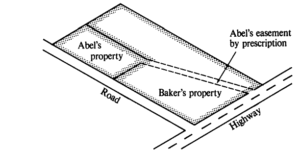 company to access and install a future 25,000-volt power line or a new natural gas line through the center of your property. Between neighbors, there could be an easement for a power line or an access road leading to their property. If there is such an easement with a neighbor, then inquire where you must as to any maintenance agreements in place.
company to access and install a future 25,000-volt power line or a new natural gas line through the center of your property. Between neighbors, there could be an easement for a power line or an access road leading to their property. If there is such an easement with a neighbor, then inquire where you must as to any maintenance agreements in place. - Legal Access To The Property: If you access the proposed property directly from a public road, you have legal access. If you access the proposed property from a private access road or if the access road crosses over someone else’s private land, you must:
- Determine that the access road is a legal easement recognised by the local governing body.
- Determine what your responsibilities are to maintain or upgrade the access road.
- Communicate with the access road property owner to see what the owner’s understanding of the easement is. If it is a road used by multiple land-owners, then determine if all parties have established a legally binding Road Maintenance Agreement. This will outline any owner/user’s responsibilities for routine and special maintenance ( gravel upkeep, snow removal, etc. ), restrictions, or processes special conditions.
How Remote Do I Want To be?
Be realistic about how far from town you want to live. Unless you are financially independent or have a business or an income that can be maintained from your home, then employment and basic supplies should be no more than an hour from home by car. As you become more and more self-sufficient, you’ll need to shop less frequently. In the case of a medical emergency, you would be wise to avoid being on the road for hours as you seek help.
As you assess the property, check to see where the nearest fire station or hospital is, school bus stops ( unless home-schooling is part of your plan ), and know who your neighbours are in all directions. Make a point to warm up to them. Yes, rural living is a way to distance yourself from the rat-race of urban chaos, but it still takes a community to function, so network with your neighbours and the local community.
Moving Into An Existing Building
The primitive homestead scenario where you live in a tent, camper, caravan, or shed while building the perfect farmhouse with your own sweat can be very seductive; however, it can also be quite overwhelming if you lack the specific construction skills and tools. The easiest way to become established, especially if you have a young family, is to try to get an acreage with a livable and functioning home already on it. Old turn-of-the-century homes have endless charm and they always look so nice against the backdrop of open land. However, they can also be riddled with wiring, plumbing, rot, mould and insulation problems. Choose your home carefully with a budget in mind. get a building assessment done.
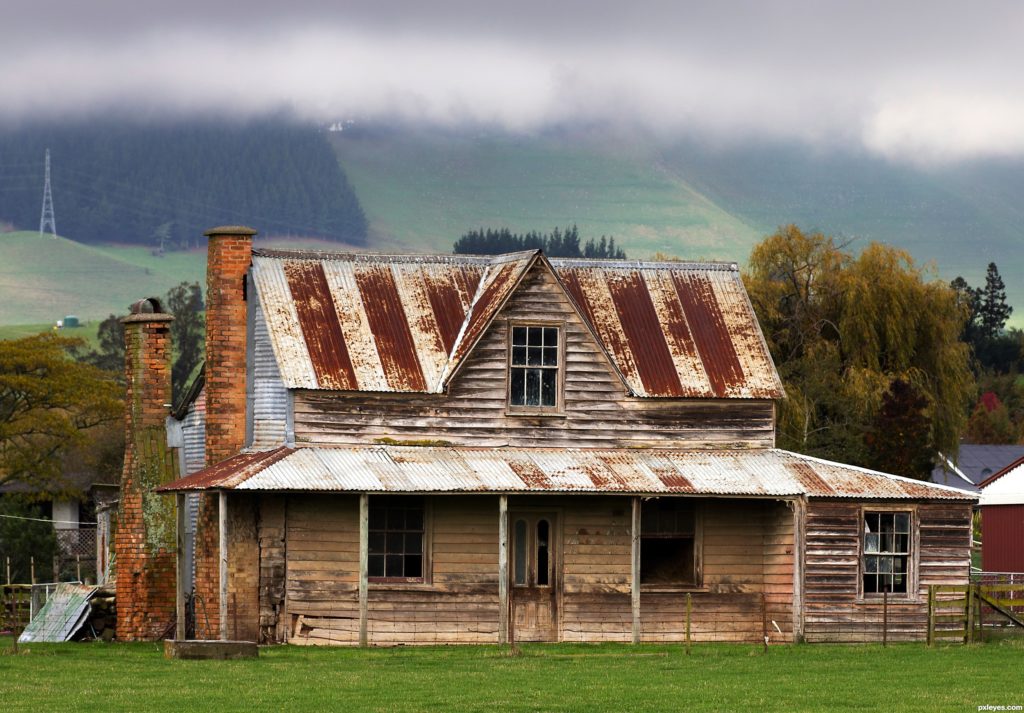 If you decide to get a fixer-upper, be prepared to spend a good amount of money on repairs in terms of remodelling supplies and labor costs. Even if you are capable of doing the repairs yourself, the cost of supplies can get quite expensive.
If you decide to get a fixer-upper, be prepared to spend a good amount of money on repairs in terms of remodelling supplies and labor costs. Even if you are capable of doing the repairs yourself, the cost of supplies can get quite expensive.
A home isn’t the only building you need to think about. Barns, garages and work-sheds are all part of the homestead equation. If some of those things are already available, they may need repairs as well. Other infrastructure may also need to be considered and should be on your radar such as fences, irrigation lines, and farm equipment like a tractor and rototiller.
Utilities
Power and Alternative Energy
If you are thinking about alternative energy, see if there are any local restrictions on adding solar panels, a wind turbine, or hydro. Also, ask yourself these questions:
- Does the property currently have power on site? or
- Does the property have power to its boundary?
- If power is to the boundary, what will be the power company’s estimate to bring power to where you potentially want to put your structures?
- Is there an option for the power being buried or run overhead on poles?
- Keep in mind that buried power cables are less likely to be affected by mechanical equipment mishaps, wind, snow, and ice, but can be more expensive to install.
- Determine if you need or want three-phase power for potential heavy duty shop applications.
Telephone
Is there a telephone line onsite? Or
- Does the property have telephone-line to its boundary?
- If telephone line is to the boundary, what will be the telecom’s estimate to bring a telephone line to where you potentially want to put your structures?
Sometimes the telephone line and power cable can be run together, but do keep in mind they are not supplied by the same companies ( they are different utilities ).
Internet
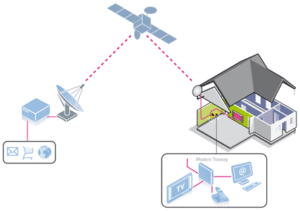 Is Digital Subscriber Line ( DSL ) or broadband internet on site or to the property’s boundary?
Is Digital Subscriber Line ( DSL ) or broadband internet on site or to the property’s boundary?
- If a landline is not available, then you may have to consider a satellite service.
Cable
More often than not, cable is not available for rural properties. You may have to consider a satellite service.
Water
Does the property have access to town water?
- If not, what water is available onsite?
Water is, if not the most important then one of the most important factors when deciding on an acreage. Determine your water needs for the short, medium and long-term. Then multiply that need by 10. A strategy for obtaining water is vital prior to your purchase.
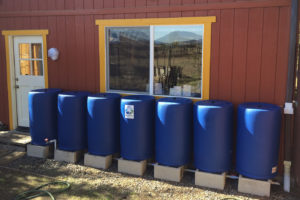 If you are buying a developed property that has a well, then ask for a recent test report. If there is no such report, then get permission to test and inspect any existing well(s). There should be companies that can quickly and inexpensively test well capacity and water quality. This will give you a clear understanding of the existing water resource.
If you are buying a developed property that has a well, then ask for a recent test report. If there is no such report, then get permission to test and inspect any existing well(s). There should be companies that can quickly and inexpensively test well capacity and water quality. This will give you a clear understanding of the existing water resource.
If there is no acceptable source of water, you will have to catch rainwater and store it, or a well must be drilled or dug. Some properties will have an obvious water source and some will not. Absent of a reliable water source, generally speaker, one should avoid such properties unless a viable solution can be created.
Sewer/Septic
Is a sewer system available on the property, such as a septic tank and drain field?
- If so, then the condition of such infrastructure should be inspected and tested.
- If there is no sewer system, then the use of compost toilets and grey-water systems will need to be considered, or a new septic system must be installed. Your Local council should be able to advise you on any related regulations.